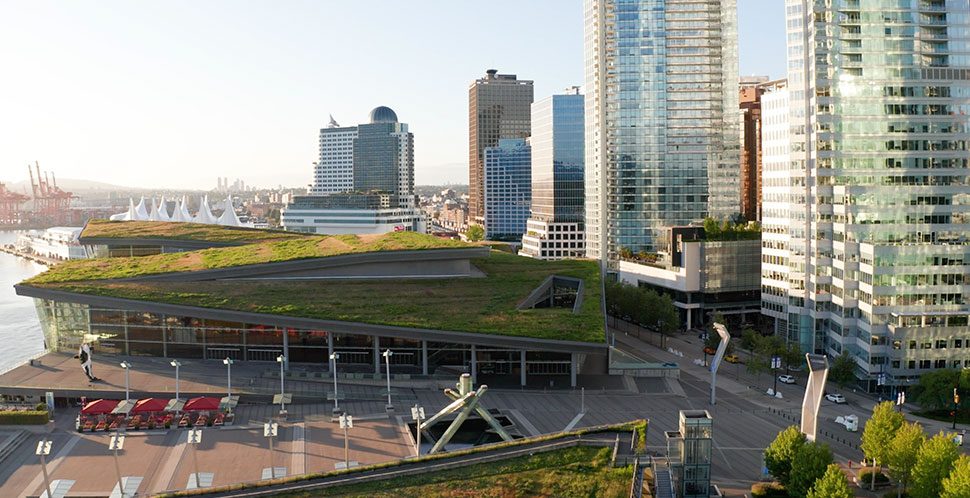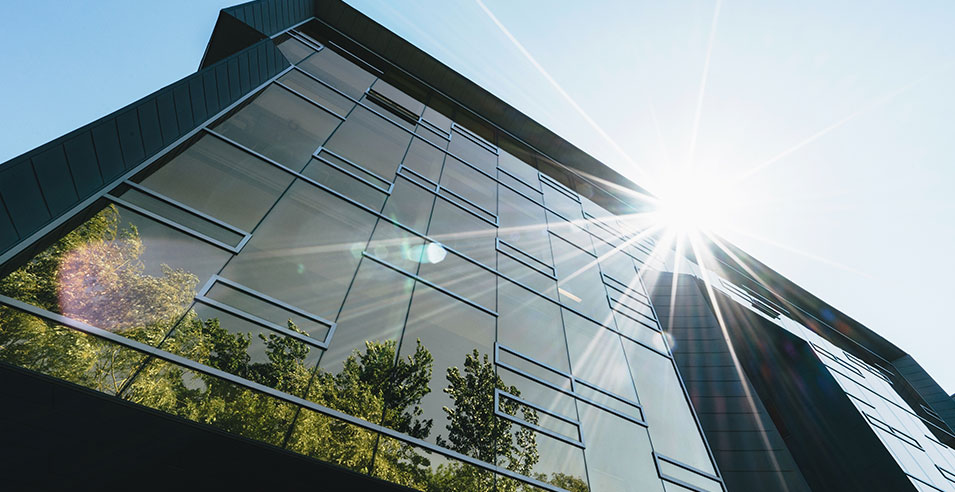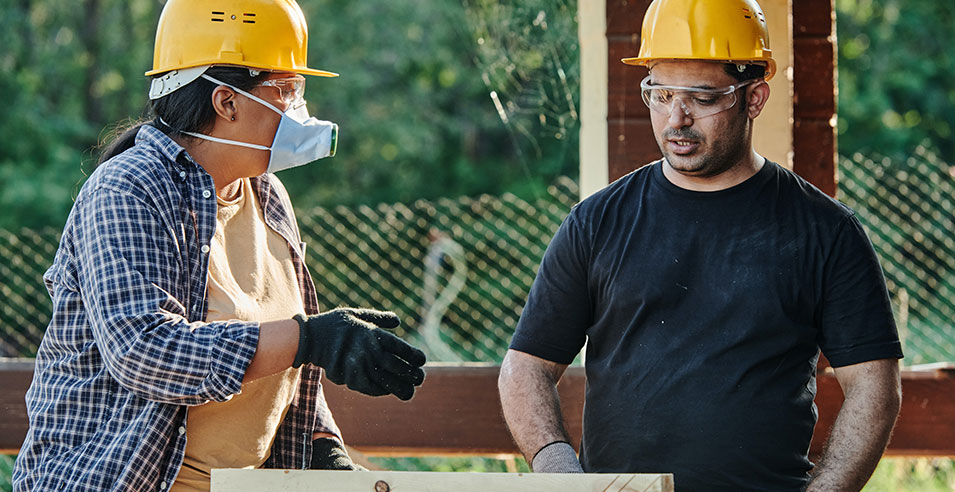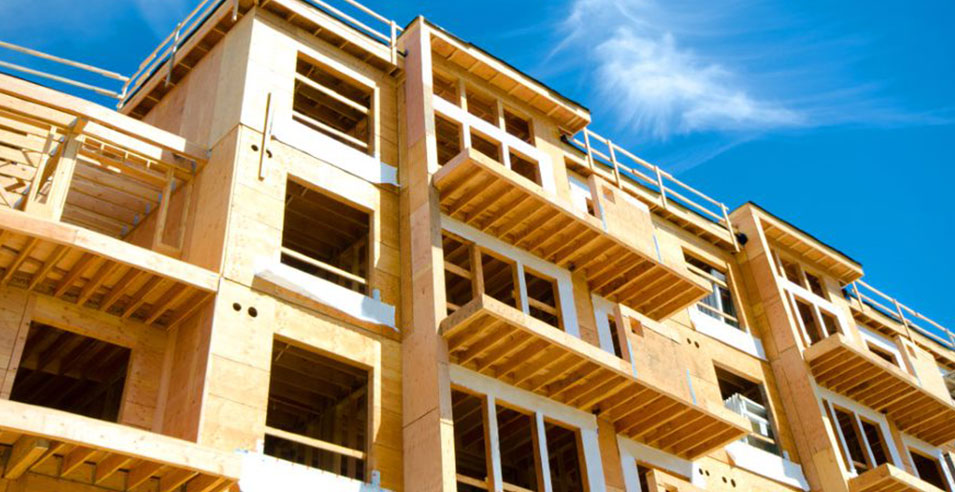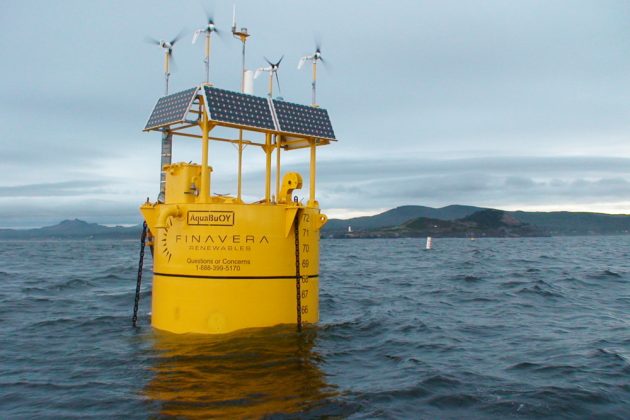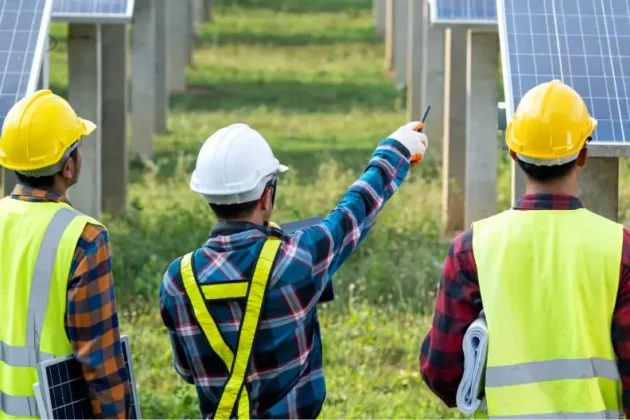What are green buildings?
Green building is a resource-efficient method of construction and operation that produces buildings with fewer negative environmental impacts, more long-term cost savings, and healthier environments for inhabitants (refer to Canada Green Building Council’s website for more green building benefits).
Elements of green buildings include energy-efficient designs (for example, using heat pumps, which are always more than 100 percent efficient); reusing and recycling materials through salvaging, deconstruction and remanufacturing; and building close to existing infrastructure, such as bus routes and bike lanes, to reduce dependence on emission-emitting vehicles.
“Green buildings’ is probably a familiar term to many, but here in Vancouver, the idea of a green building has evolved a lot. When we say green today, we’re talking about buildings that are zero emissions, that have low- or carbon-negative materials in them, that are designed with circular components and processes, and that can be resilient in the face of climate change and other shocks and stressors.”
George Benson, Senior Manager, Economic Transformation (VEC)
Why is the Green Buildings sector important?
Buildings are the second largest source of greenhouse gas emissions (GHGs) in Metro Vancouver, emitting over four million tonnes per year – roughly 25 percent of the region’s total annual emissions. Construction is also one of the region’s largest employers by sector. The need to mitigate the built environment’s impact, compounded by an increasingly urgent climate crisis, has opened powerful market opportunities for businesses that manufacture and distribute green building products.
Other key factors of importance include:
- Buildings are where we spend approximately 90 percent of our time. A healthy economy and society relies on efficient, healthy, and affordable spaces in which to live, play, and work.
- The air we breathe in buildings has a considerable impact on the productivity of workers. Cleaner, greener buildings can have a significant positive economic impact on businesses when designed with health in mind.
- Taking a greener approach to construction often means sourcing materials closer to home. This helps to boost local industries, such as BC’s mass timber sector, and work towards a circular economy.
- The superior performance and operational cost savings of green buildings make them more desirable to live and invest in than their “grey” competitors.
What are the opportunities in the green buildings industry?
-
Decarbonizing mechanical systems
Heat pumps, drain-water heat recovery, and heat recovery ventilators (HRVs) can all decrease energy use and help buildings reach zero carbon
-
Enhancing on-site resilience
Investments in on-site renewable energy generation or storage can keep a building running even after major disasters
-
Increasing circularity and enhancing full lifecycle value
Using low-embodied carbon or, better yet, salvaged and reused materials can reduce costs and carbon, and enhance the public perception of a building
-
Optimizing building performance with digitalization
Numerous digital tools, such as building information management (BIM) systems, can reduce resource use and increase tenant comfort
-
Increasing productivity through off-site manufacturing
Off-site, modular, and industrialized construction processes can increase building speed and quality, and enhance the integration of all systems
